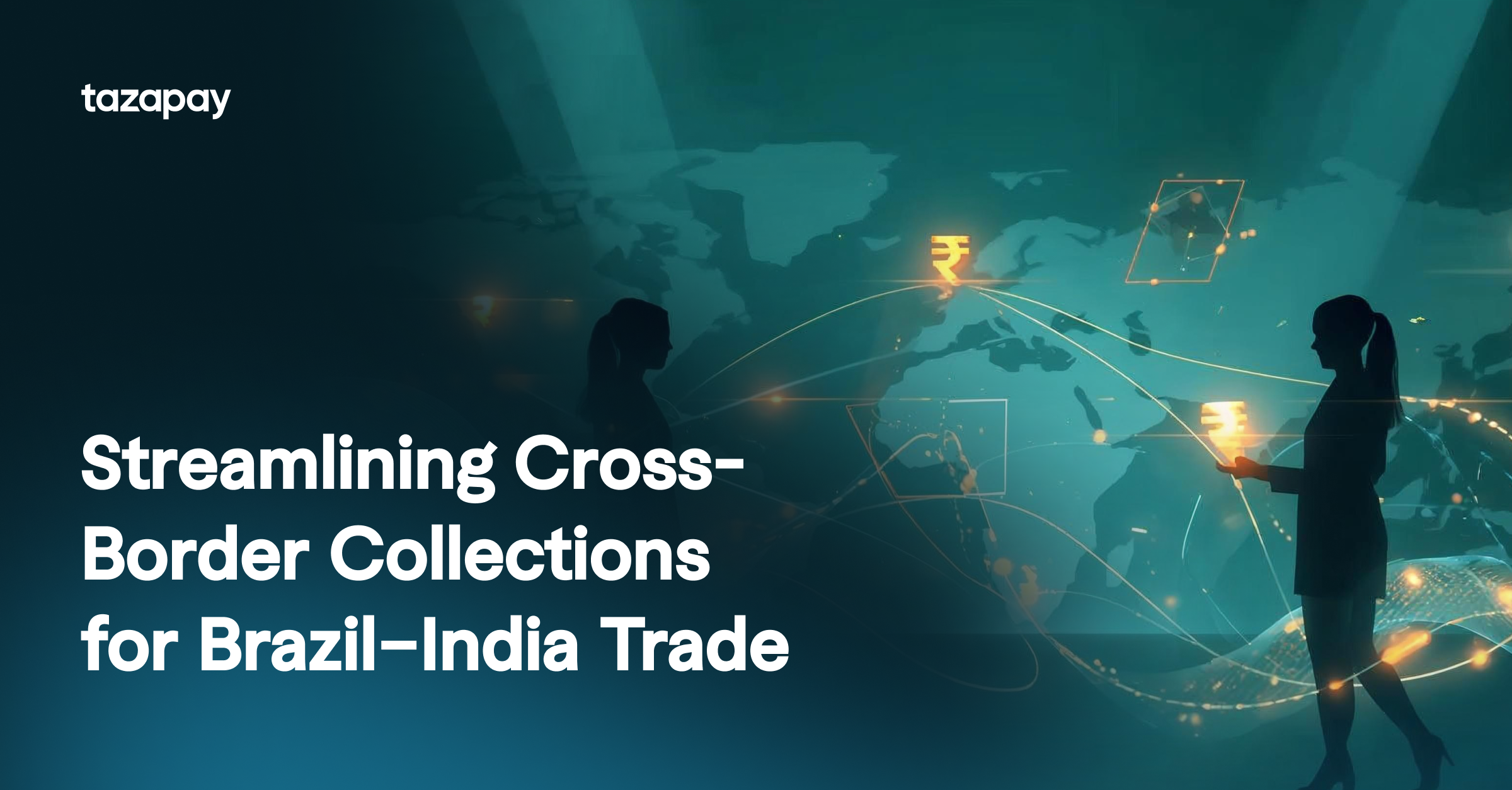Global businesses continuously seek ways to reduce costs and streamline international transactions. Two popular solutions have emerged—FX accounts and stablecoin payments. While FX accounts have long been the go-to for managing foreign exchange and cross-border transfers, stablecoins are challenging the status quo with blockchain-powered efficiency. This article breaks down the cost structures, speed, transparency, and overall operational efficiency of both options, helping you decide which best suits your business needs.
1. Understanding FX Accounts
FX accounts enable businesses to hold and convert multiple currencies. They are widely used for managing international trade, hedging currency risk, and paying suppliers abroad. However, traditional FX accounts come with several challenges:
- Cost Structure: FX accounts typically incur fees through FX spreads, conversion fees, and various banking charges that may not always be transparent.
- Limited Trading Hours: Transactions are generally restricted to banking hours, which can delay settlements when dealing with different time zones or weekends.
- Variable Costs: Due to fluctuating market conditions, fee structures can be unpredictable, adding uncertainty to international payments
2. Stablecoins as an Alternative
Stablecoins, like USDT and USDC, are digital assets pegged to fiat currencies, providing a stable store of value with the benefits of blockchain technology:
- Low Fees: By eliminating multiple intermediaries, stablecoin transactions often cost significantly less than traditional FX conversions.
- 24/7 Settlement: Operating on blockchain networks, stablecoins settle nearly instantaneously—day or night, regardless of traditional banking hours.
- Transparent Pricing: Stablecoins typically have a clear and predictable fee structure, thanks to their immutable, on-chain records.
- Digital Integration: Seamless integration with fintech solutions allows businesses to automate processes and reduce manual handling.
Innovative fintech providers are further enhancing this model by offering onramp/offramp services that let you convert fiat to stablecoins—and back—efficiently, ensuring you get the best of both worlds.
3. Detailed Cost Comparison
A. FX Accounts
- FX Spreads and Conversion Fees: Often hidden and variable, these can add up significantly, especially for frequent or small transactions.
- Operational Delays: Relying on traditional banking hours leads to delays that may lock funds in transit, reducing overall liquidity.
- Opaque Processes: The fee structures are sometimes difficult to decode, making budgeting and forecasting challenging.
B. Stablecoins
- Minimal Transaction Costs: On-chain fees are typically low, sometimes costing just a fraction of traditional FX charges.
- Instant Settlement: Payments are executed almost immediately, increasing liquidity and freeing up working capital.
- Predictability: Transparent fee models mean you know exactly what you’re paying each time, enabling better cost control.
- Round-the-Clock Availability: Transactions run 24/7 without the delays inherent to conventional banking.
4. Real-World Use Cases and Integration
Many businesses are already making the switch:
- Case Study: A U.S.-based company sending payments to suppliers in Asia experienced a reduction in transaction costs from nearly 7% with traditional FX methods to around 1–3% using stablecoins.
- Seamless Integration: Fintech providers allow businesses to easily convert fiat into stablecoins for rapid international transfers, then switch back to fiat for local payouts. This seamless onramp/offramp capability ensures that companies can enjoy the low cost and speed of stablecoins without abandoning the familiarity of traditional currency systems.
5. Challenges and Regulatory Considerations
Both systems face their own sets of challenges:
- FX Accounts: Despite being well-established, FX accounts suffer from a lack of transparency and fixed processing times, which can undermine efficiency.
- Stablecoins: While they offer clear benefits, stablecoins must continuously address regulatory uncertainties and ensure robust collateralization. Ongoing developments in digital asset regulation (such as MiCA in Europe and evolving U.S. guidelines) are gradually solidifying the legal framework for stablecoin usage.
6. Future Outlook and Trends
The digital payments landscape is evolving rapidly:
- Increased Adoption of Digital Solutions: As businesses embrace blockchain technology and regulatory frameworks become more defined, stablecoins are poised to play a larger role in international finance.
- Enhanced Liquidity and Cost Savings: The benefits of round-the-clock, low-cost transactions are likely to drive further adoption, putting pressure on traditional FX solutions to modernize.
- Integrated Fintech Platforms: Services like onramp/offramp will be essential in bridging the gap between digital and fiat, ensuring that companies can transition smoothly while maintaining compliance.
7. Conclusion and Recommendations
When comparing FX accounts to stablecoin payments for cross-border transactions, the advantages of stablecoins are hard to ignore:
- Lower Costs: Stablecoins dramatically reduce the fees associated with traditional FX spreads and conversion charges.
- Speed and Availability: With near-instant settlement and 24/7 operation, stablecoins improve liquidity and operational efficiency.
- Transparency: Clear, on-chain fee structures provide predictability and easier budgeting.
- Smooth Integration: Fintech solutions make converting between fiat and stablecoins effortless, ensuring that businesses can take full advantage of digital payments without disrupting traditional financial operations.
For global businesses aiming to optimize cross-border payments, stablecoins present a compelling, cost-effective alternative to conventional FX accounts. By leveraging innovative solutions and staying informed about regulatory developments, companies can reduce costs, enhance liquidity, and maintain a competitive edge in today’s interconnected world.
**Disclaimer: The stablecoin-related services referenced in this content are provided solely by Tazapay Canada Corp., and not by Tazapay Singapore Pte Ltd.
FX losses occur when funds are converted prematurely or at unfavorable rates, reducing your overall revenue. These small gaps compound significantly across multiple transactions.
Virtual accounts let you collect and hold funds in the same currency without immediate conversion. You can convert or pay out later when rates are more favorable.
No. Tazapay allows businesses to open named virtual accounts in 35+ currencies without the need for local entity registration.
Tazapay supports collections in 35+ currencies and payouts in 100+ currencies through local bank rails or SWIFT.
Yes. You can initiate global payouts directly from your virtual account balances — all managed in one unified dashboard.
Tazapay operates under licenses and registrations with MAS (Singapore), FINTRAC (Canada), AUSTRAC (Australia), and VASP (Lithuania).






.png)

.png)



